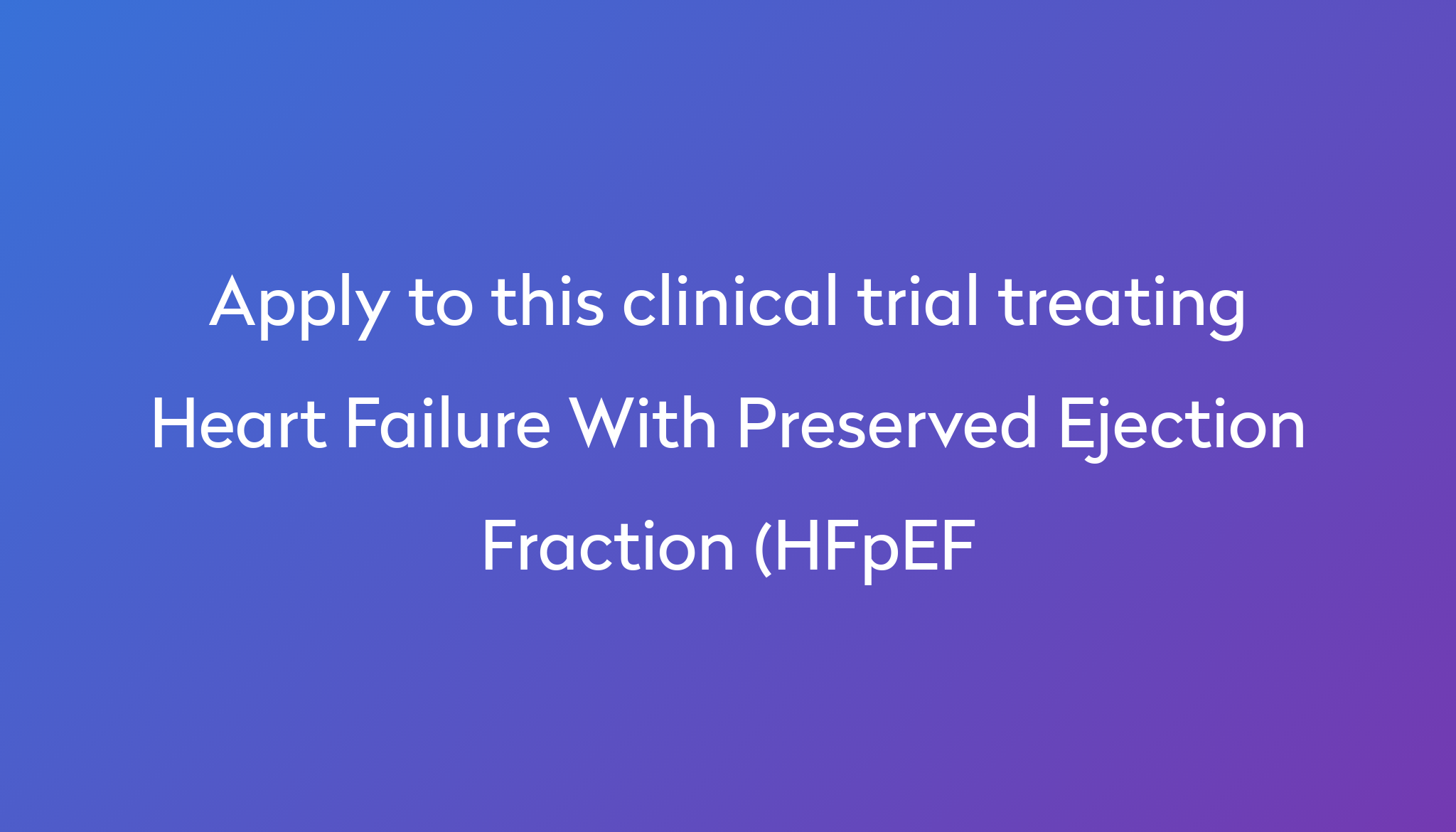
Depression, somnolence (excessive sleepiness), heart attack, and seizures could potentially occur in severe cases. As a result, you can experience withdrawal symptoms, including high blood pressure, fast heartbeat, anxiety, nausea, vomiting, headache, and dizziness. Depending on the type of medication, abrupt discontinuation can result in various health consequences ranging from mild, bothersome side effects to severe symptoms requiring medical care. Tapering is the process that requires a gradual reduction of higher doses to lower doses and then stopping the drug altogether. However, certain medications need to be tapered slowly. In this case, you can stop the antibiotics immediately after the last medication dose. Once you finish taking the 10 days worth of antibiotics, you don’t have to do anything else, granted that your infection is resolved. Recognition and effective treatment of alcohol withdrawal can prevent significant complications in hospitalized patients.Generally, if you are prescribed a 10-day course of antibiotics for a UTI, your doctor will remind you to continue the entire treatment course even if you feel better. Severe withdrawal may require a continuous intravenous infusion in an ICU. Cross-tolerant medication may be given on a fixed schedule or as symptom-triggered therapy. Patients in withdrawal should be monitored closely and given appropriate doses of benzodiazepines or barbiturates to treat withdrawal signs. Untreated withdrawal may result in significant morbidity and mortality. Signs of withdrawal usually occur within 48 hours of the last drink. The best predictor of whether a patient will develop acute withdrawal is a past history of withdrawal. ConclusionĪsk all patients admitted to the hospital about drinking alcohol and be alert for signs of acute alcohol withdrawal in any patient. This may include Alcoholics Anonymous, outpatient counseling, and other treatment modalities. Refer patients who have been treated for alcohol withdrawal for long-term treatment of alcoholism. After acute detoxification has begun, long-term treatment of alcoholism is necessary to prevent readmission for continuing medical problems due to alcohol consumption. After stabilization, the patient can be changed to an equivalent dose of a long-acting sedative-hypnotic and tapered as above.Īssessing and medicating acute withdrawal remain necessary first steps in the treatment of the disease of alcohol dependence. A continuous intravenous infusion may be warranted to control withdrawal symptoms, and the rate can be titrated to the desired level of consciousness. Lorazepam and diazepam have a rapid onset of action when given intravenously, although the duration of action is shorter than when given orally.įor example, give lorazepam in a dose of one to four mg every 10-30 minutes until the patient is calm but awake and the heart rate is below 120 beats per minute. Severe withdrawal: Treat severe DTs manifested by abnormal and fluctuating vital signs and/or delirium aggressively in an ICU environment with sufficiently large doses of medication to suppress the withdrawal.11 Use IV medications with a rapid onset of action for immediate effect.
,%20Heart%20Failure:%0A%0Abeta%20blocker%20discontinuation%20for%20Heart%20Failure%20With%20Preserved%20Ejection%20Fraction%20(HFpEF).png)
Symptom-triggered therapy provides individualized treatment for withdrawal without overmedicating or underdosing, but it is a complex system to carry out on a general medical unit. This approach is similar to the sliding scale of insulin dosing used to treat hyperglycemia. The dose of cross-tolerant medication prescribed is based on the severity of withdrawal symptoms as measured by the CIWA-Ar score. 25.) Patients are monitored closely and assessed regularly using a tool such as the CIWA-Ar.

Symptom-triggered therapy occurs when cross-tolerant medication is given only for symptoms of withdrawal rather than on a schedule. Fixed-schedule dosing offers less flexibility for individual patients, but it is a simple approach that can be applied in many settings. (See Table 2, left.) Reducing the dose by 10%-20% of the initial dose each day over five to 10 days provides a comfortable taper-especially in patients who initially required higher doses of medication to control the withdrawal. It uses the same dose of cross-tolerant medication on a fixed schedule for all patients for 24-48 hours the dose is then tapered if the patient is stable. Dosing regimens: There are no standard protocols for withdrawal management in widespread use.12 A fixed dosing schedule is commonly used for treatment of acute withdrawal, but either fixed-schedule or symptom-triggered dosing-medication given as needed for withdrawal signs-is efficacious in the treatment of withdrawal, even in patients with medical comorbidity.6įixed-schedule dosing is a one-size-fits-all approach for treating alcohol withdrawal.


 0 kommentar(er)
0 kommentar(er)
